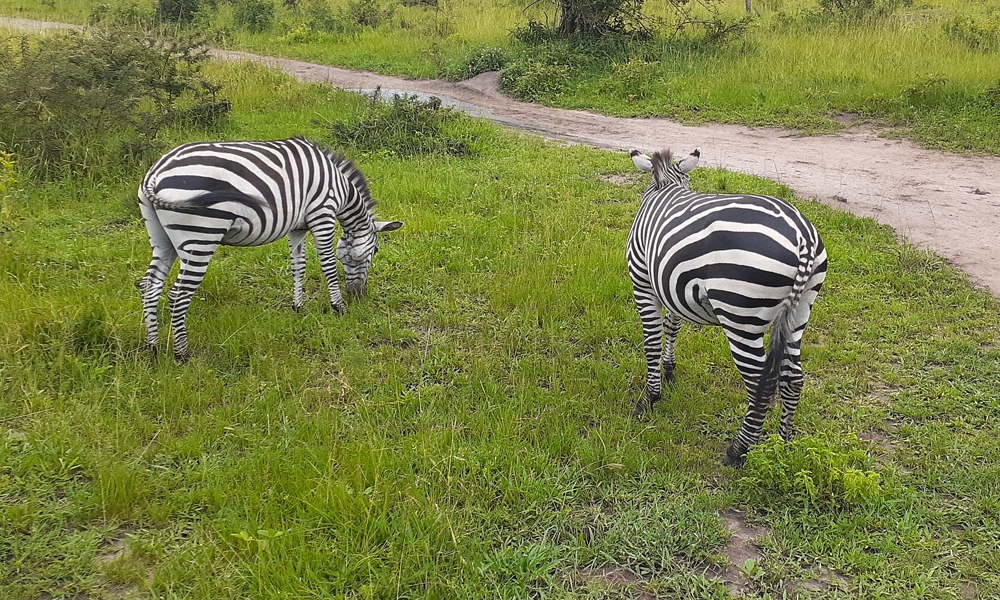The Savannah Park, overseen by the Uganda Wildlife Authority, is the closest conservation area to the nation’s capital, tucked away along the Masaka – Mbarara highway. Lake Mburo National Park is an excellent, heavenly destination and a highly sought-after quick destination gateway for an African safari experience. One of Uganda’s smallest national parks, it is also by far the smallest among savannah parks with a distinctive composition: lakes and rivers make up 30% of the park. The small gym is highlighted by Precambrian rocks that date back more than 500 million years. Lake Mburo forms part of a 50-kilometer wetland that is connected to five other lakes by a marsh.

The national park is primarily made up of wooded areas; there are no elephants there. The expansive savannah is scattered with rocky Kopjes and patches of swampy areas. The additional vegetative cover forest, shrubs, and dotted trees all serve as home to fauna. The park is a popular destination for animal relocation; most recently, the Uganda Wildlife Authority relocated Roth child’s giraffes, adding to the species number of the conservation area. Other common species include zebras, jack son hartebeest, topi, elands, reedbuck, hippos, and crocodiles.
The national park offers guided game drives through its well-maintained game tracks. The morning drives are aimed at spotting morning risers, but you can also spot antelopes like oribi, waterbucks, and klipspringers. The afternoon drives take you to enjoy sundowners. In particular, the cat family is the target of nighttime game drives in quest of nocturnal species. An initiative of the Mihingo Lodge, a family-owned luxurious facility within the national park, horseback riding is a great way to view wildlife in the area. The animals get used to seeing people of different species, so even novice riders can enjoy the experience. Four-wheel drive vehicles are used for game drives, which are led by Uganda wildlife rangers.
A boat cruise along Lake Mburo, the name of the park, is offered every day. The trip lasts two to three hours and offers beautiful views of the surroundings. Along the marshy, swampy areas, one can expect to see a variety of bird species, including the African fish eagle and the African fin foot, to name a few. Hippos are also more common along the lake.
Riding through the park is an exciting experience, and it’s a safer area to do so because there aren’t any large species like elephants. Cycling safaris in the park are customised safaris in the national park. Your tour operator can loan you bicycles or get them from a hiring firm. Community visits offer a unique opportunity to immerse yourself in the culture of the western Ugandan people. You will be able to participate in activities such as dancing, milking cattle, creating ghee, and preparing their traditional cuisine, known as “Eshabwe.” In the national park, lodging options range from affordable to opulent.
